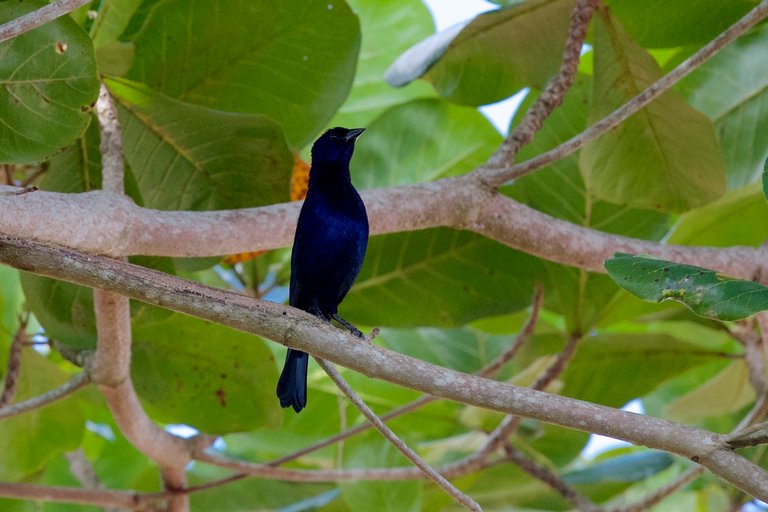
Welcome to another episode of Birding in Suriname. The bird that you see in the picture is a Shiny Cowbird (Molothrus bonariensis). It was last Monday that I spotted this bird for the first time. Number 57 on my list of spotted birds.
The male shiny cowbird is black with a purple-blue gloss. The female is brown-grey. They are common in the whole coastal area. They can be found in the mangrove forests, rice fields and this time in our garden looking for insects.
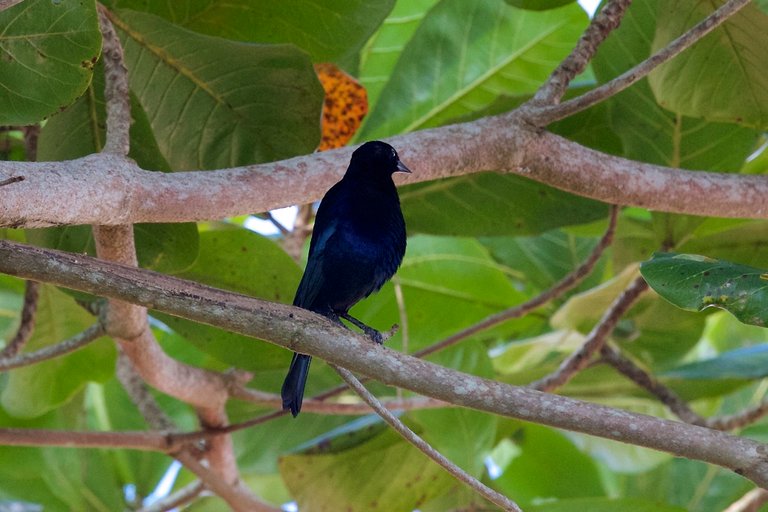
The shiny cowbird is a brood parasite. She lays her egg in the nests of other birds. Especially in the nests of the house wren and the pied water tyrant. The young cowbird will outgrow the other young, get all the food and eventually fletch alone. I haven’t spotted the female yet.
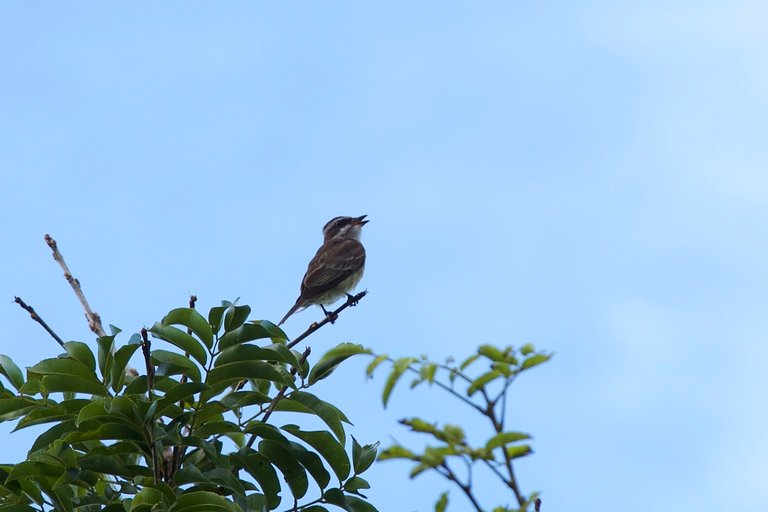
Variegated Flycatcher (Empidonomus varius)
A lot of birds are in their breeding season at the moment. This Variegated Flycatcher is desperately trying to find a partner. It sings all day long the same tune. I wrote it down. It’s in D sharp and has quite an intricate rhythm.
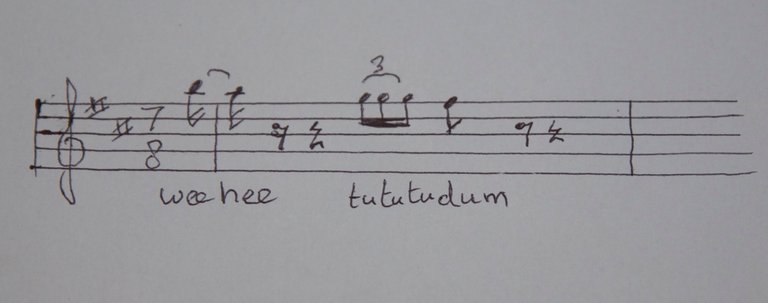
When it was singing I started to answer him. Every time when it sang “weehee”, I answered “tututudum”. He stopped singing that part. We were now singing a duet. It was very funny but I stopped quickly because maybe he thought he found a female companion and I didn’t want to disappoint and confuse him. The variegated flycatcher is number 58 on my list of spotted birds.
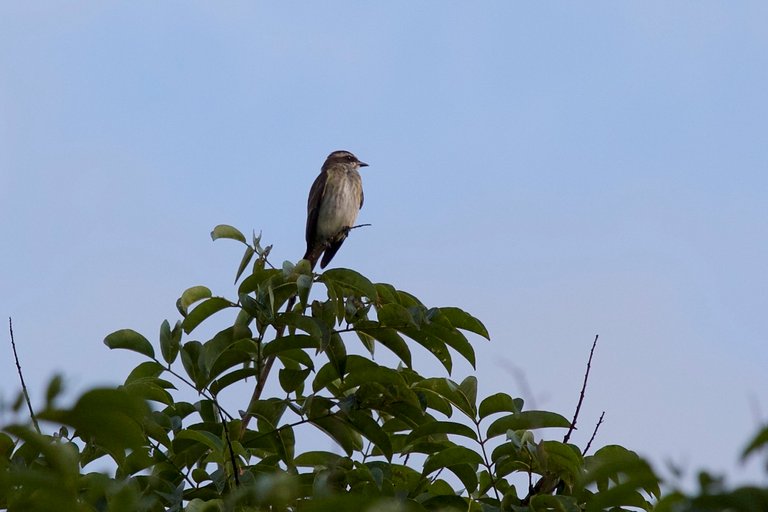
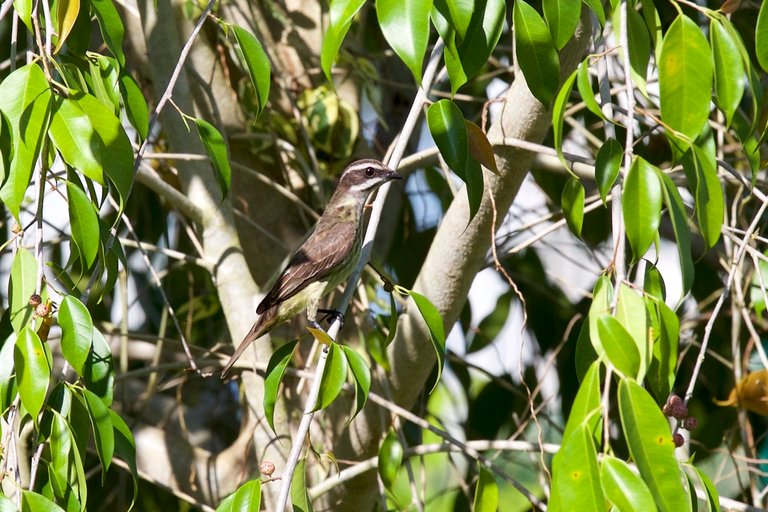
Piratic Flycatcher (Legatus leucophaius)
The variegated flycatcher looks almost identical to the piratic flycatcher which I discussed two weeks ago. Episode 5
The piratic flycatcher steels the nests of other birds. Especially the nests of larger birds like the crested oropendola. The crested oropendola I discussed last week. They are very busy at the moment, building their nests high in the trees. Episode 6
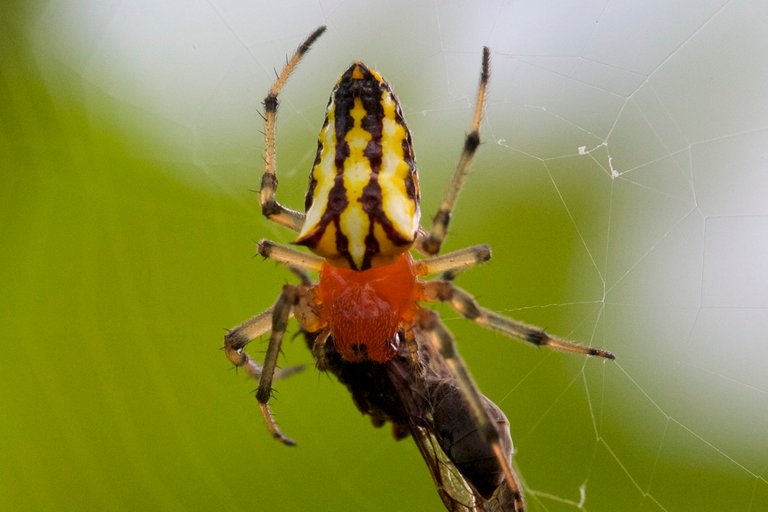
There are not that many spiders in the garden. Birds do eat them but probably not this one. The bright red and yellow probably signals that they are poisonous. Creepy but beautiful at the same time.
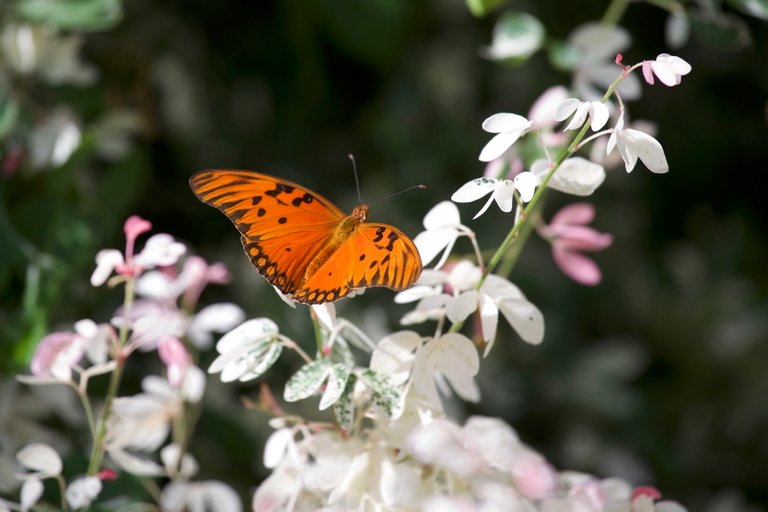
Not creepy and very pretty is the banded orange heliconian (Dryadula phaetusa). I could not resist taking a photograph although I have many already.
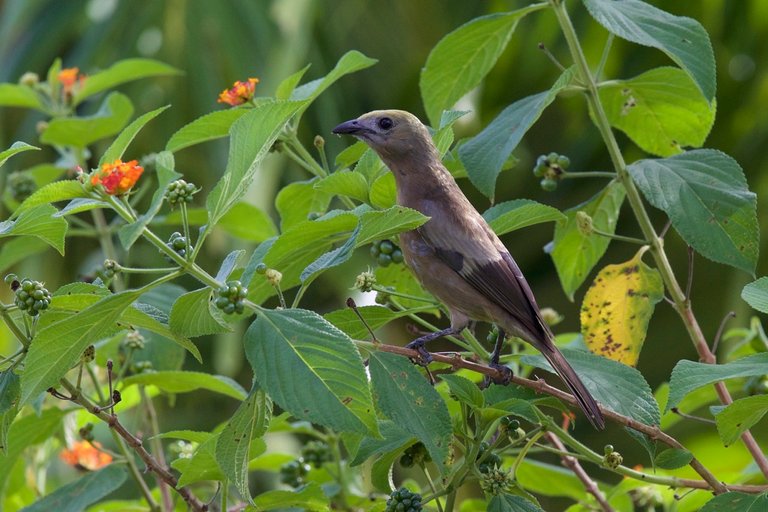
Palm Tanager (Thraupis palmarum)
The Palm Tanager is a very common bird in the garden. It loves fruit like ripe banana and papaya. They can often been found together with the blu-grey tanager. They are very closely related.
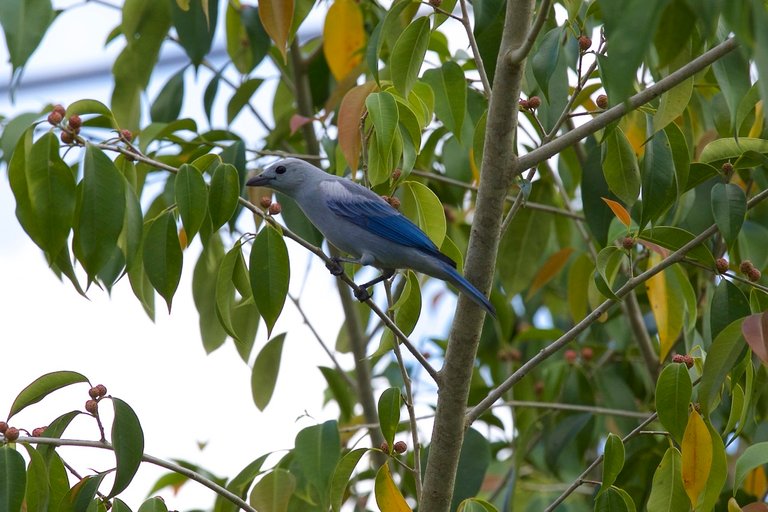
Blue-grey Tanager (Tangara episcopus)
Even so close that they sometimes interbreed and can have offspring. This is probably the hybrid that I photographed. Does that count as another species? Probably not. It’s most likely infertile.
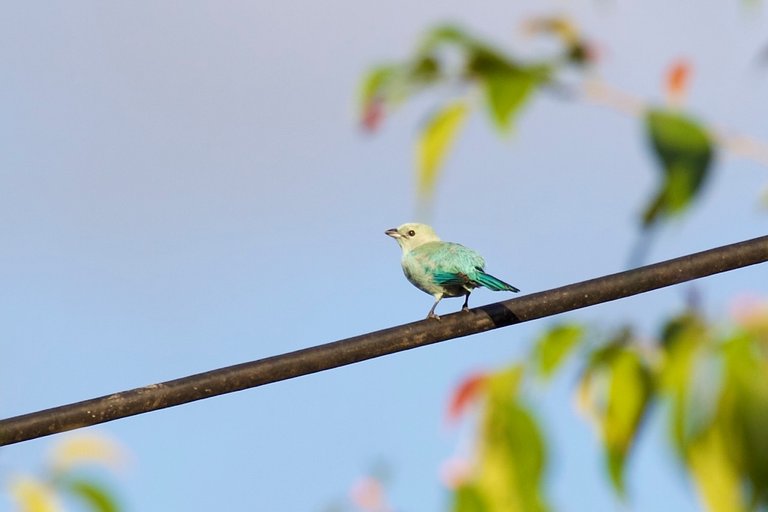
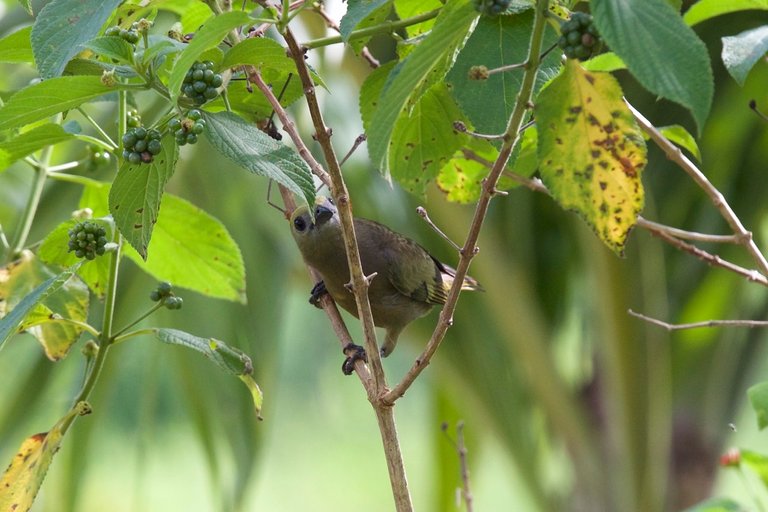
The palm tanager can indeed be found more on and around palms than it’s cousin the blue-grey tanager. Its claws are better suited to find nesting material or insects on the palm leaves.
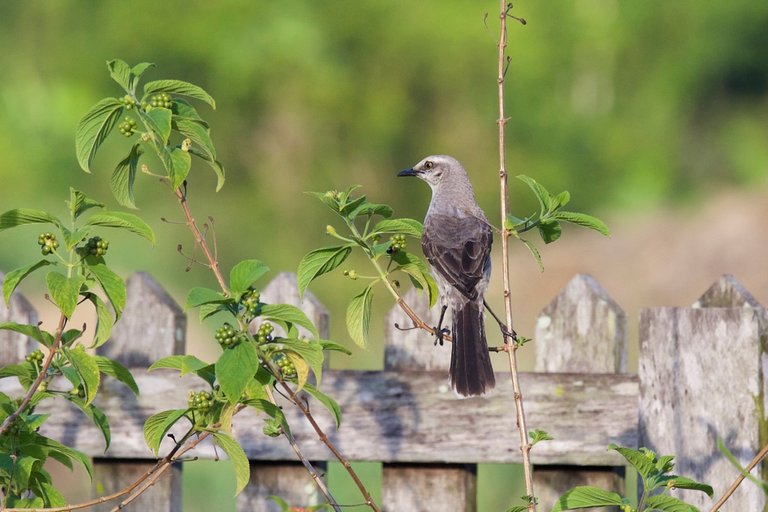
Tropical Mockingbird (Mimus gilvus)
The biggest enemy of these tanagers is the tropical mockingbird. The neighbours sometimes put fruit out for the birds that attracts both the tanagers and the mockingbirds. The mockingbird doesn’t allow any competition and will chase the tanagers away. It always wins. But the tanagers never give up and as soon the skies are clear they are back.
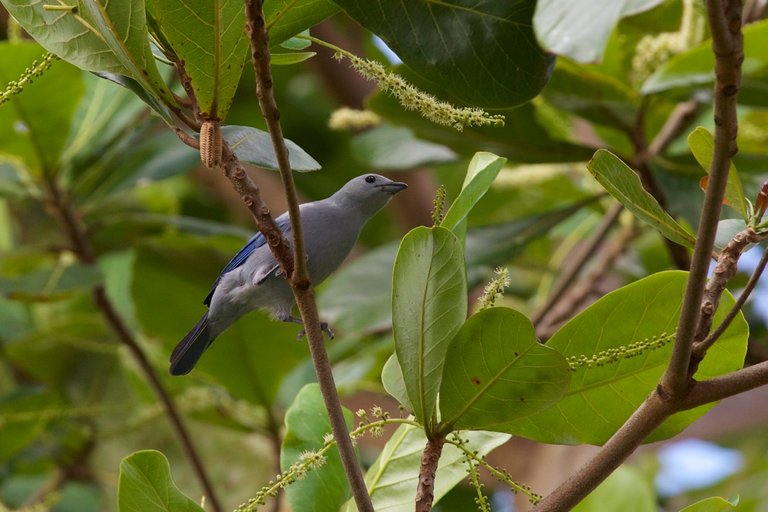
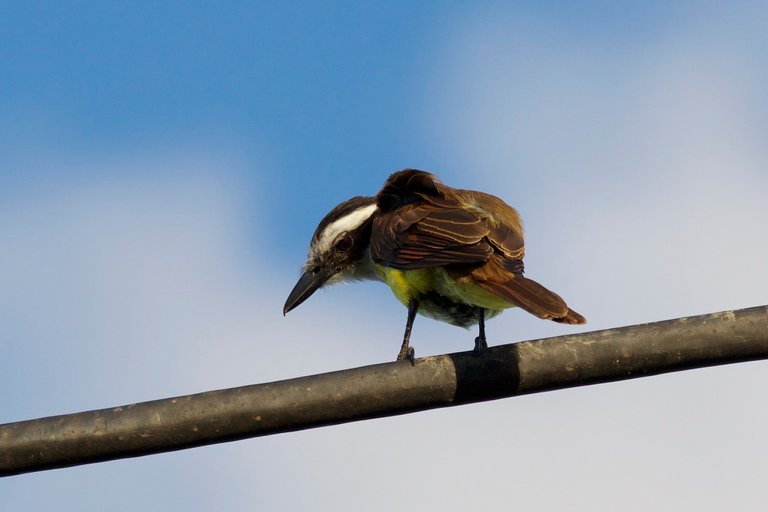
Great Kiskadee (Pitangus sulphuratus)
Another very aggressive bird is the great kiskadee. They are far from shy and allow themselves being photographed very easily. I used this picture in the new banner that I made for this blog. In the picture we see the cattle egret, the snail kite, two tropical mockingbirds, the lesser yellow-headed vulture, the green-rumped parrotlet and the great kiskadee.

I hope you enjoyed these birds as much as I love photographing them. I’ll end this episode with a few nice pictures I took last week.

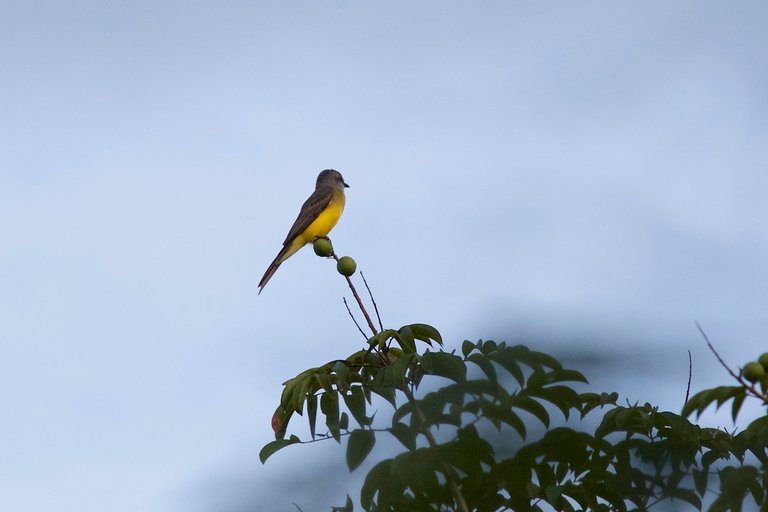
Tropical Kingbird (Tyrannus Melancholicus)
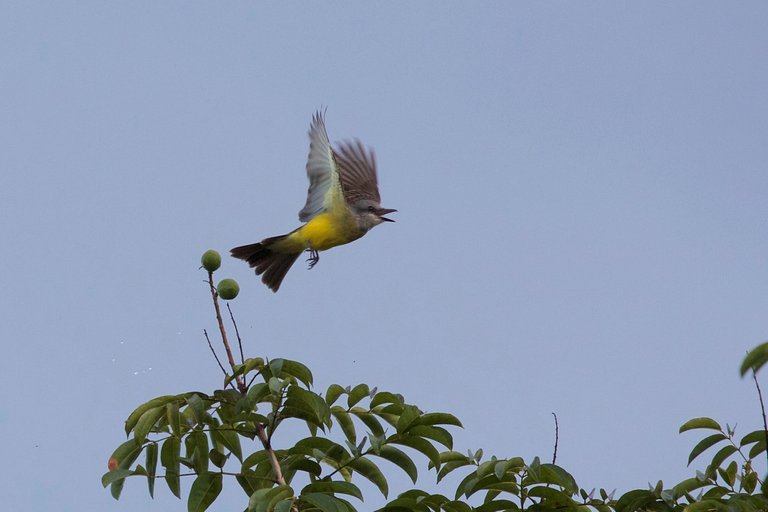
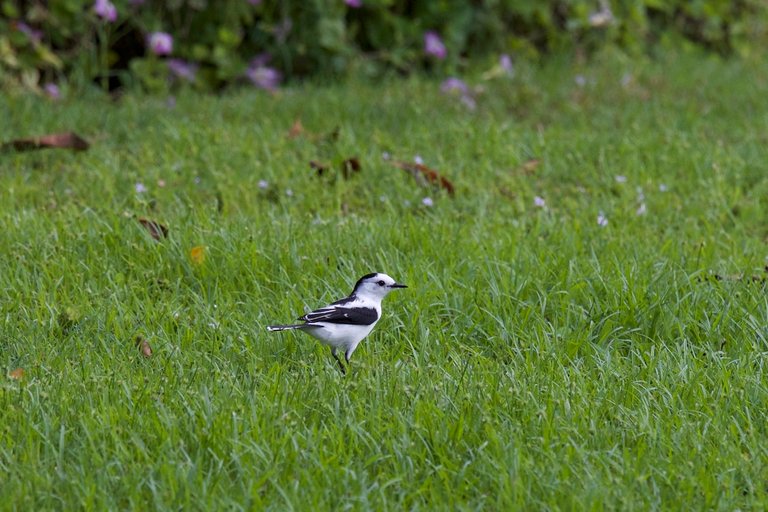
Pied Water-tyrant (Fluvicola pica)
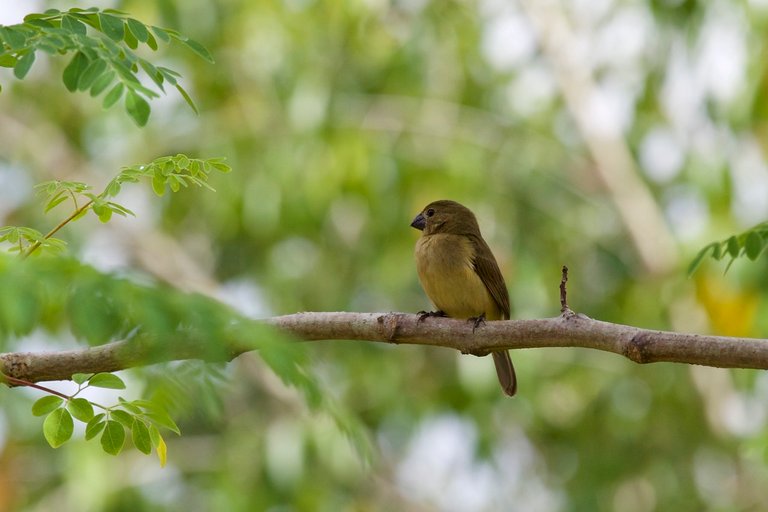
Wing-barred Seedeater (Sporophila Americana)
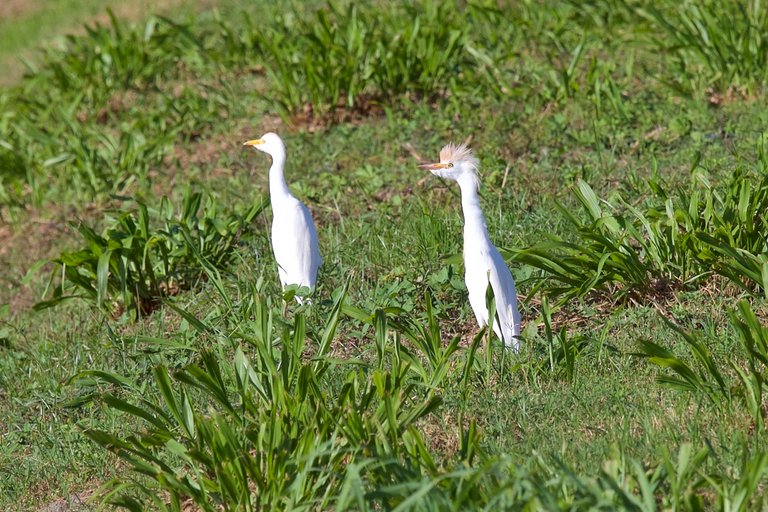
Cattle egret (Bubulcus ibis)
Much love,
Gardenbsquared

Amazing again and again, even with the musical notes now :-)
Thank you. I hope the little birdie will soon find a mate. He's quite persistent with his call.
Awesome post on birds ! How sweet to sing a duet with a bird. I would love to do that. My holiday home in Himalayan foothills is a haven for birdwatchers . It is a transit point for migratory birds. Around winter and springs such beautiful birds visit from far off lands :)... This was a great post on birds. Interesting read and beautiful pics, @gardenbsquared
Wow, that sounds really great. I would love to see that. Thank you for your nice comment. More birds coming up next Sunday.
Eagerly waiting. I always wanted to be born a bird. I will live a bird's life through your post this birth 🍷🍷😊
Very beautiful pictures! Thank you!
Thank you, glad you enjoyed them.